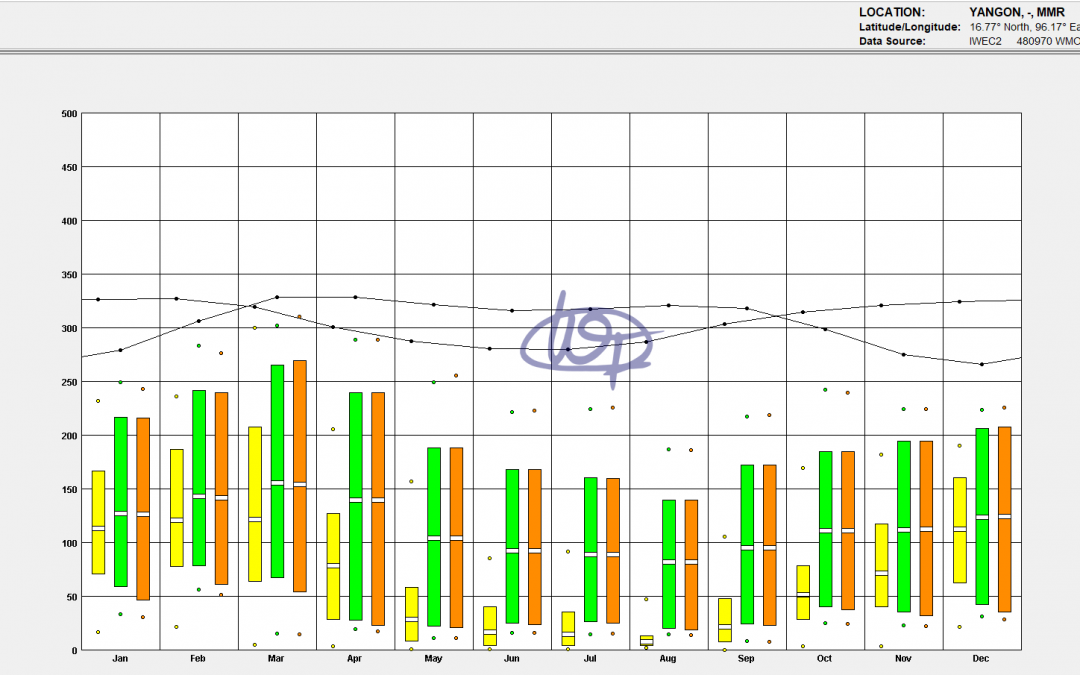Figure 1: Average radiation range plot for Yangon, Myanmar.
In HVAC/ACMV design, knowledge of a project’s outdoor design conditions is instrumental in ensuring thermal comfort, improving energy efficiency and much more. There are many design conditions to consider, such as temperature, humidity, and incident solar radiation.
When considering outdoor design conditions, the first thing that comes to mind for many designers is dry-bulb temperature and humidity. While that is certainly essential to determining critical information such as cooling loads, there are many other factors that should be taken into account. These primarily include wind speed (for calculations regarding pedestrian comfort and wind loading for structures), parameters to calculate clear-sky irradiance, monthly degree-days, and averages for daily all-sky solar radiation. Raw data regarding these factors are regularly collected by most weather stations around the world, and are often compiled into a weather data file that may be accessed freely or bought at a nominal fee. These data files are essential to RTS (radiant time series) cooling load calculations and other forms of high-granularity energy simulations.
Building energy simulation is closely related to air conditioning design. To achieve better building energy efficiency, it is essential that simulation first needs to be further promoted in air conditioning design. Such design requires the use of reliable weather data compiled over a long period of time. The ASHRAE Fundamentals Handbook provides a clear introduction to the calculation and formatting of climatic design information, as well as the background motivation. Furthermore, ASHRAE research reports RP-1477 and RP-1699 provide a thorough and detailed explanation of how data was collected and processed for use in building design and simulation.

Shwe Myat Myo Oo (ေရြႊျမတ္မ်ိဳးဦး)
Lead Engineer, Technical Development Division
B.S. 2016, Mechanical Engineering
Georgia Institute of Technology
Associate Member ASHRAE
Member ASME

